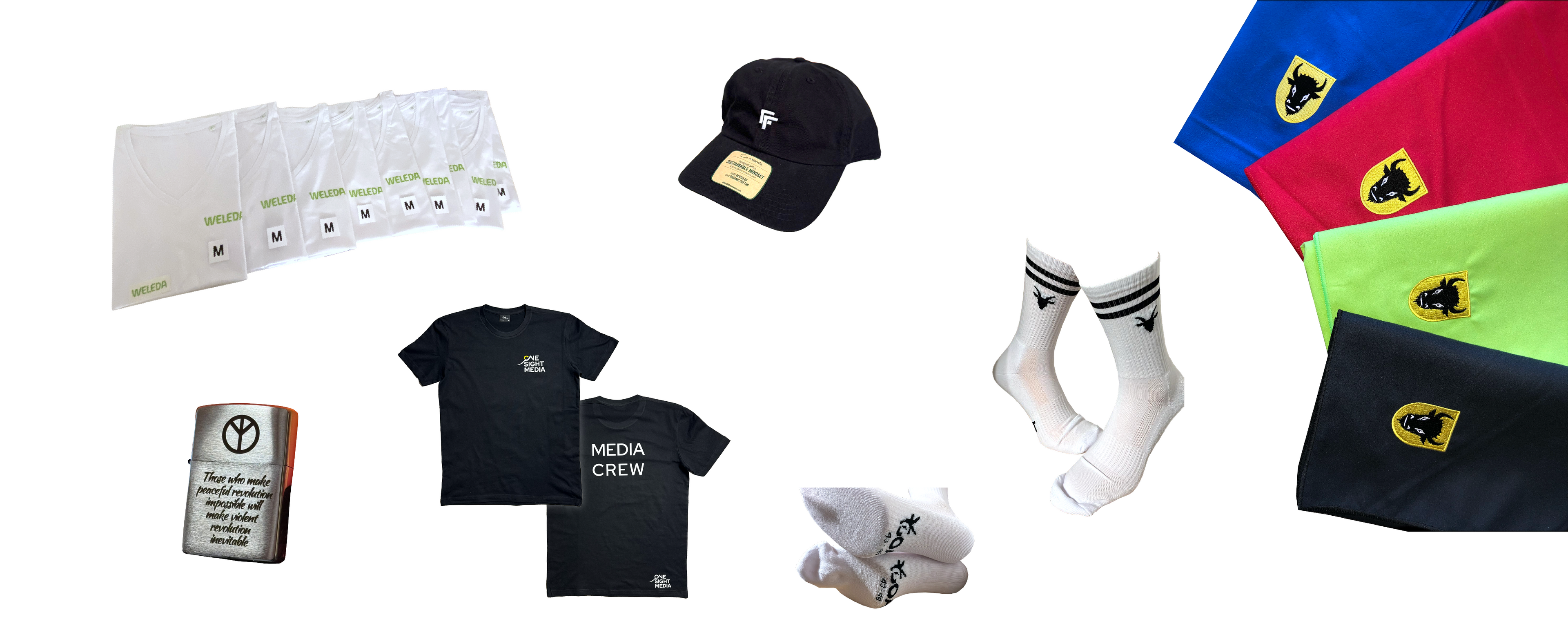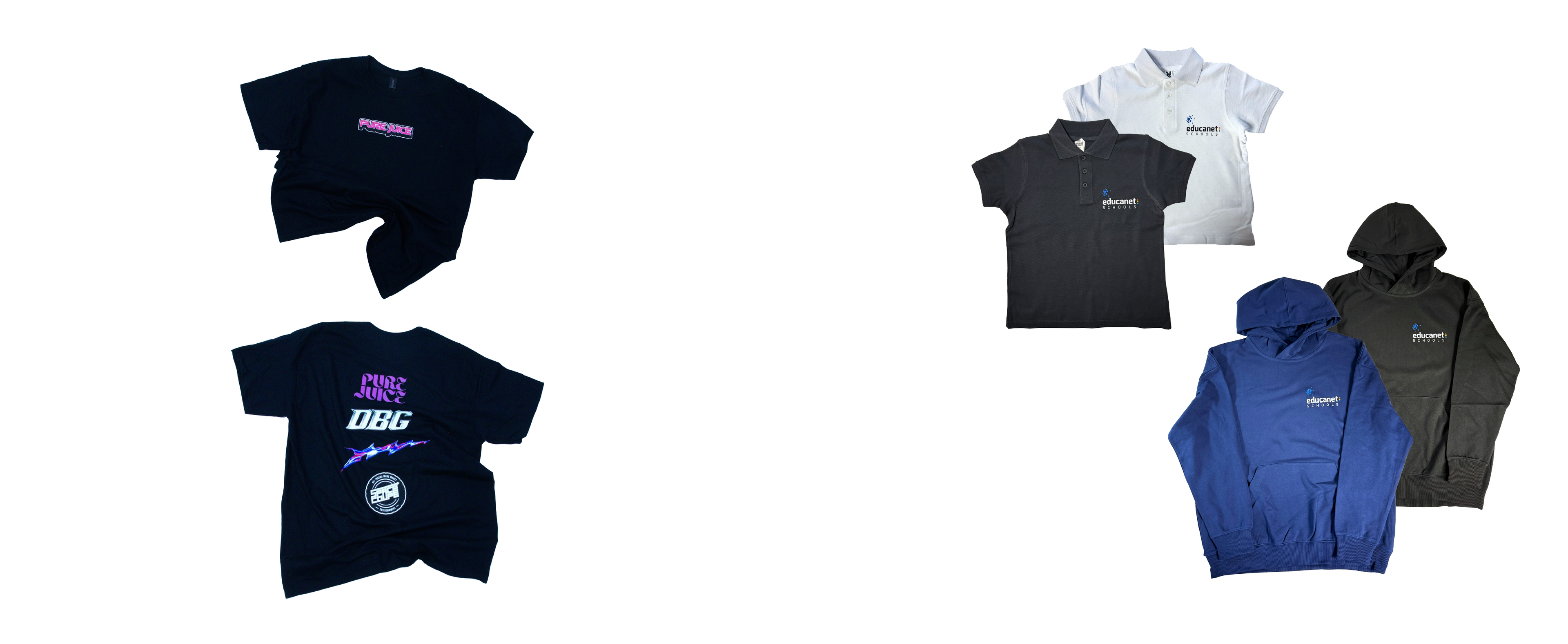How to launch branded workwear without delays to raise team performance
Employees represent your brand every day - yet ill‑fitting, low‑quality uniforms kill adoption and ROI. According to Gallup, highly engaged teams deliver double‑digit productivity gains, and consistent, professional attire strengthens customer trust.
This guide shows how EU‑made branded workwear connects benefits to performance, improves public representation, and boosts team bonding—without missed deadlines or quality risks.
Workwear that employees actually wear
Prioritize comfort, fit ranges, and breathable textiles so uniforms feel like everyday apparel. Offer personalization (name/role), modern silhouettes, and capsule pieces (tees, polos, hoodies, lightweight jackets, socks).
Use durable decoration—screen printing for high‑volume t‑shirts, embroidery for premium polos and caps, DTF for vivid colors on mixed fabrics, DTG for photo‑detail short runs.
Benefits → performance: link comfort to outcomes
When people feel equipped and seen, performance rises. Heat‑sealed labels prevent irritation; moisture‑wicking fabrics help active roles; reinforced seams support handling and logistics.
Clear uniform policies reduce decision fatigue and present a reliable customer‑facing image.
According to McKinsey, companies with strong employee experience outperform peers on productivity and retention, amplifying HR benefits across the organization.
Company representation: design standards and visibility
Uniforms are moving billboards. Lock Pantone color specs, logo placement, thread codes, and care labels to protect presentation after 30+ washes.
For events and field teams, add reflective accents and secondary marks for visibility. Ensure CE compliance where protective categories apply and document laundering instructions to preserve brand consistency.
EU production and deadlines: split for speed
Local Czech/EU manufacturing shortens lead times and simplifies quality control. For urgent orders, split production: screen printing for bulk, DTF/DTG for late additions or size fills.
Request production samples and photo references from recent projects. ISO‑style checkpoints (incoming fabric inspection, colorfastness, wash tests, seam checks) reduce defects and rework.
Proof of quality and re‑order control
Run wear tests with a pilot cohort; track shrinkage and colorfastness over 30+ cycles. Set minimum stock thresholds by department; schedule quarterly re‑orders ahead of event season.
According to ISO 9001 principles, documented processes and inspection points improve consistency and customer satisfaction. See reference photos and technology selection (screen printing, DTF, DTG, embroidery).
What Now?
EU‑based teams in Prague, Brno, and across the whole Czech Republic and Europe can secure fast, reliable custom workwear and event merchandise - produced locally with photo proof and strict quality checks.
Explore technologies and reference outcomes to move from concept to delivery without delays.
👉 Book your FREE consultation today or contact us:

Frequently Asked Questions
What is the best printing method for high‑volume corporate t‑shirts?
Screen printing delivers durability, consistent color, and optimal unit economics for large runs.
How do DTF and DTG differ for branded apparel in the EU?
DTF offers vivid colors on varied fabrics; DTG is ideal for photo‑detail, white textile and short runs.
How can we keep brand colors consistent across workwear?
Use Pantone specs and pre‑production samples; lock thread codes for embroidery.
What lead times should EU‑based teams expect for branded uniforms?
Typically 7–21 days; urgent splits combine screen printing for bulk with DTF/DTG for late adds.
How do we select sizes and fits employees actually wear?
Offer gender‑inclusive fits across XS–3XL; run a short wear test before full rollout.
What quality checks reduce returns and rework on corporate apparel?
Wash tests (30+ cycles), seam inspection, colorfastness, shrinkage measurement, and fabric quality control.
How can branded workwear support safety and compliance?
Use CE‑compliant materials where required, add reflective elements, and document care labels.
What minimum order quantities apply for embroidery and screen printing?
Embroidery starts at 20 pcs; screen printing scales best from 30+ pcs.


